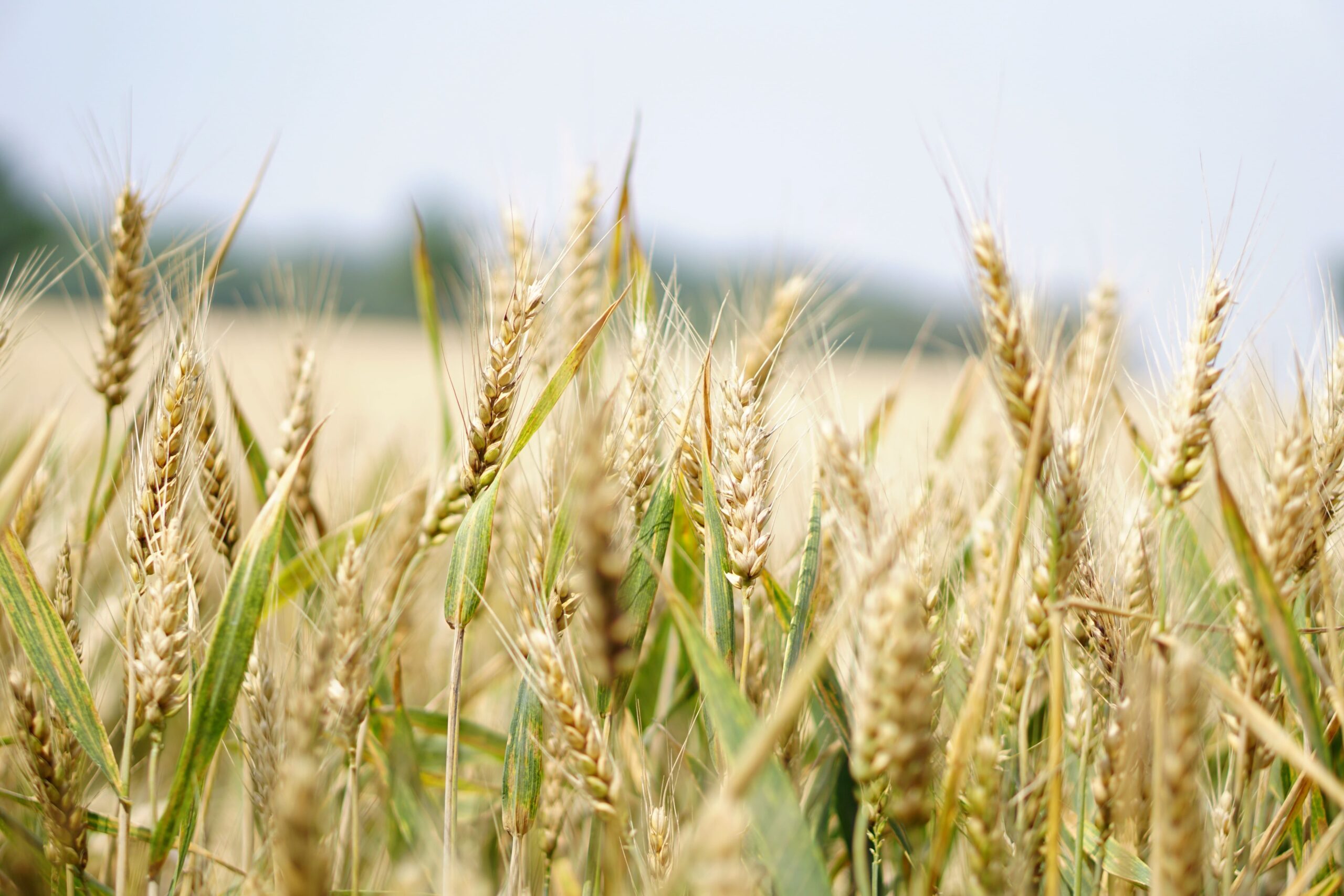- Last week’s USDA WASDE release showed how a changing picture impacts the world’s wheat trade.
- Australia’s harvest has had a stroke of luck, with heavy rainfall meaning their crop should be 11m tonnes up year-on-year.
- In contrast, the EU is facing significant crop losses having failed to plant during their very wet autumn and dry spring.
What Sticks Out from the Latest WASDE Release?
Australia

- Recent years of drought have finally been rained on as we see an incredible turnaround predicted for the 2020 harvest.
- It will total 26mmt, compared to the 2019’s crop of just 15mmt.
The European Union

- In contrast, the EU is staring down the barrels of significant crop losses due to its inability to plant during 2019’s wet autumn season, followed by a lengthy dry spell in the spring.
China

- We see over 50% of global wheat stocks in the hands of just one country; a perfect example of a nation’s will to ensure food security to its people.
- The devastating outbreak of African Swine Fever in China, which has led to the culling of possibly 30% of the global pig herd, reinforces the need for food security.
- Couple this with the coronavirus pandemic and food security is very much seen as a big issue, despite the evermore just-in-time supply chain.
The Weather
- Although the WASDE does not directly mention worldwide weather, the numbers are a clear indicator of the potential risks we face.
- 2020 is reiterating significant supply variation from one year to the next, due entirely to weather extremes.
- We live with large global stocks, with consistently large production due to one region offsetting another’s poor production. Will this continue to be the case?
Game Changers to Watch in the Coming Months
Stocks and Supply
- As the Northern Hemisphere harvests rumble on, we are seeing a picture of sufficient supply, with global wheat stocks in 2021 predicted to total 314m tonnes, up from 297m tonnes in 2020 and 279m tonnes in 2019.
- These Northern Hemisphere harvests need to live up to expectations; lower exporters’ end stocks will likely impact price upwards.
- Interesting production swings between some of the large exporters will no doubt affect the trade flows and who buys what from where.
- The Southern Hemisphere wheat harvests for Argentina and Australia at the end of 2020 are still a long way away. What has started well needs to end well, but will it?
- Argentina has experienced dry weather over the last couple of months. This needs to dampen down or crop estimates will no doubt reduce.
- All looks well in Australia, but there are many months for that to change.
Coronavirus: Logistics
- This big news so far in 2020 is not likely to go away soon.
- Second or third waves could cause major upsets to logistics and the smooth just-in-time supply chains that we have become used to.
- Disruption here could have a dramatic impact on the market.
Coronavirus: Demand
- Demand estimates are based upon historical assumptions and populations.
- What has a worldwide pandemic done to consumer demand?
- This centres around not only the social impact of lockdowns, but also, the reality of financial meltdowns and recessions, either as countries, continents, or indeed the whole world.
Coronavirus: Stocks & Food Security
- As the largest importer of wheat in the world, Egypt has recently made comments relating to increasing stockpiles to ensure food security.
- If more countries were to consider the Chinese approach and want larger stockpiles, as appears to be in consideration, there could be a shift in trade flows.
- Ensuring any logistical or potential weather issues upsetting supply are covered by stockpiles would likely have a significant impact on the price of wheat.
Conclusions
- The world appears awash with wheat for 2020/21; they say supply is safe and secure.
- However, harvests need to continue in this vein as there are issues there for sure.
- Demand is more unknown than usual, as we possibly head for a new normal in the months ahead. If demand drops, due to coronavirus, then awash with wheat we will be.
- Panic stations and stockpiling by governments and countries may yet set the fireworks alight. For now, the match is not yet lit.
- USDA WASDE reports over the coming months will be closely watched as we assess the supply and demand numbers. So far, 2020 has been a year of unpredictable weather, a global pandemic, and unknown economic stress for many millions.
- Predicting the future is never easy. 2020 and into 2021 are no exceptions!







